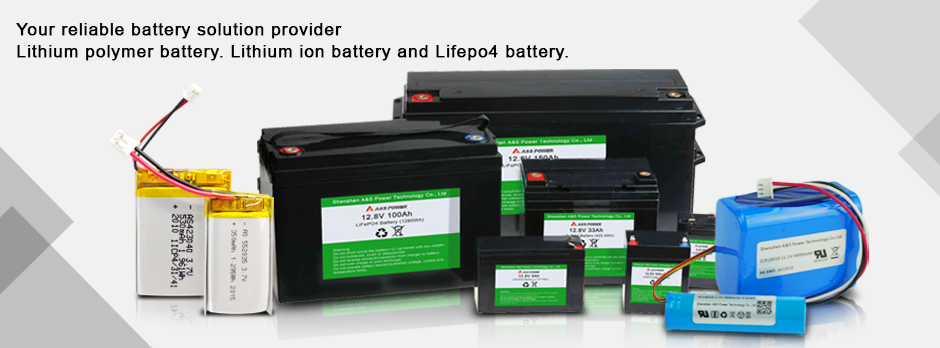How does a Recharge Lithium Battery Charges and Discharges?
2021-07-02
As their name suggests, rechargeable lithium batteries are all about the movement of lithium ions: the ions move one way when the battery charges (when it's absorbing power); they move the opposite way when the battery discharges (when it's supplying power):
During charging, lithium ions (yellow circles) flow from the positive electrode (red) to the negative electrode (blue) through the electrolyte (gray). Electrons also flow from the positive electrode to the negative electrode, but take the longer path around the outer circuit. The electrons and ions combine at the negative electrode and deposit lithium there.
When no more ions will flow, the battery is fully charged and ready to use.
During discharging, the ions flow back through the electrolyte from the negative electrode to the positive electrode. Electrons flow from the negative electrode to the positive electrode through the outer circuit, powering your laptop. When the ions and electrons combine at the positive electrode, lithium is deposited there.
When all the ions have moved back, the battery is fully discharged and needs charging up again.
Different chemicals are used in rechargeable lithium batteries and they split apart through entirely different reactions. The big difference is that the chemical reactions in a rechargeable battery are reversible: when the battery is discharging the reactions go one way and the battery gives out power; when the battery is charging, the reactions go in the opposite direction and the battery absorbs power. These chemical reactions can happen hundreds of times in both directions, so a rechargeable battery will typically give you anything from two or three to as much as 10 years of useful life (depending on how often you use it and how well you look after it).












